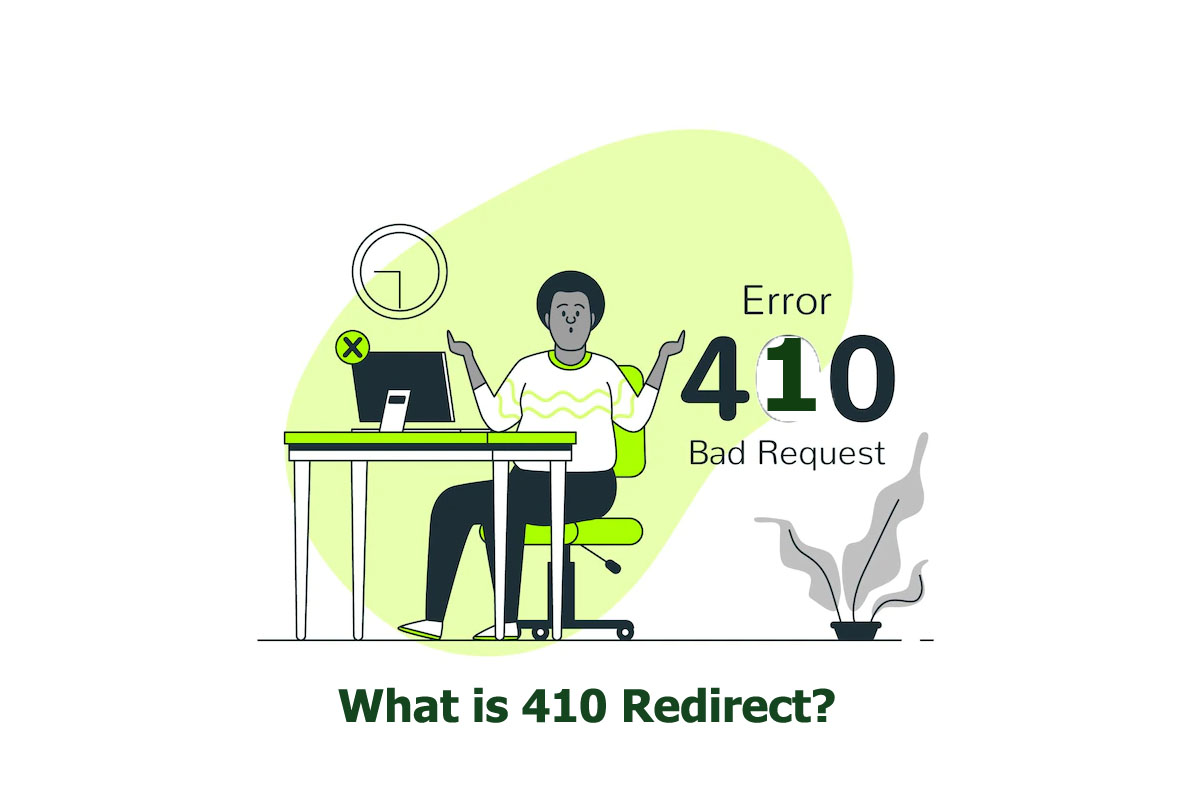What is 410 Redirect?
Introduction
410 redirect appears when a person clicks on the web page; the browser requests the website server to open it, and if you see a deleted page, it is 410 redirect or error. 410 redirect means the page is gone or permanently deleted.
This 410 redirects in different ways:
- Gone
- 410 Gone
- HTTP Status 410
- 410 Error
Always keep looking at your website. See if there are any errors. This is not good for your growth. Users won’t come to your website if they find even a single mistake. And it gives your competitor a chance to outgrow you.
In this article, you will see the reasons for causing 410 errors and how you can solve them. Keep reading!
Reasons for 410 Redirect or Error
The 410 redirects come under the 400 HTTP status code. You may think it happens on the user side but it happens on both the server and user sides.
The 410 error occurs when the resource, once present on the URL and moved to another URL. So on the old URL, it returns 410 redirects.
You can trigger the 410 redirects if you try to make changes in CMS (Content Management System). For example, sometimes new updates, extensions and plugins can cause errors in your database. So be careful before you do anything.
Incorrect server configuration can lead to 410 redirects. If you search for your log document for unwanted 410 redirects, you will find the source of the issue.
Another reason could be that if you run time-sensitive promotions on your web page, the page disappears after a certain period. So if someone clicks on the URL, they will land on the 410 error.
How to Solve 410 Redirect or Error?
A few methods can solve 410 errors with the help of troubleshooting on both the user and server sides because you need to make sure that the content is visible for both users and search engines. But first, back up your website, update and alter files, and add new plugins.
Let us look at the methods to solve the 410 redirects:
First, examine the client’s side HTTPS Status error. Check the requested URL. As we have read before, people can type the wrong link. So first, try to retype the URL. If it still redirects to 410, then your page is gone.
Another thing you can do is downgrade your website to an older version. There are chances that if you implement new tools, that can lead to a configuration error. Make sure to back up your website before doing this, or you will lose the data.
Remove all the plugins and extensions. These can cause 410 redirects. Start selecting all the plugins that are causing trouble and deactivating them all. Then check if the 410 error is gone or not.
Check from the server side too. Let us see what we can do. First, you need to debug your website. There are free applications available online to help you with debugging your website.
It would help if you verified your server configuration. Your WordPress account has specific rules and regulations. Making changes in the file could be the reason for the 410 redirects. So to check the configuration .httpaccess file, you need to open the site file. This will help to enable you to connect to your server.
Conclusion
The 410 redirects remove the page permanently. Unfortunately, when this happens, the visitors cannot access your content. But it also has a bright side: it can remove expired promotions. But for other scenarios, you must fix this error, so your ranking position does not fall. Solve the issue on both sides: Server and user.

